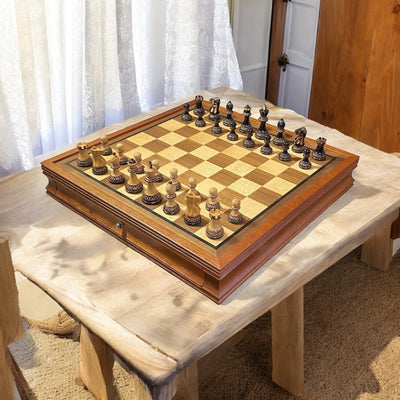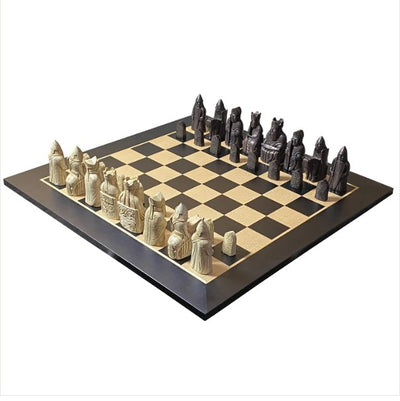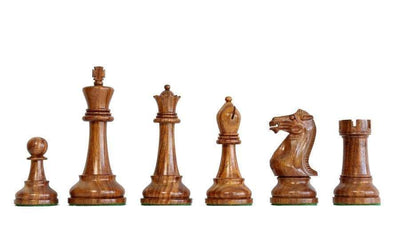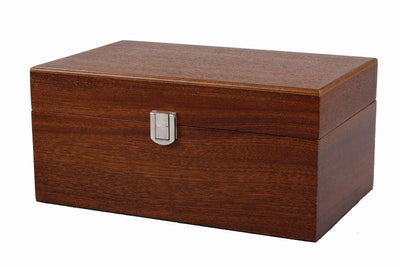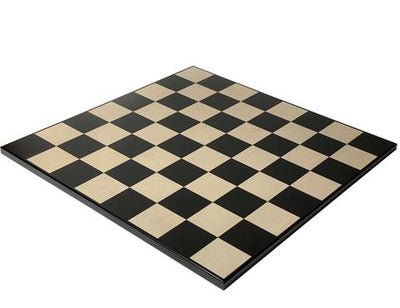How do you promote a pawn to a queen?
How does a Pawn become a Queen?
The most dominant chess pieces to me is in relation to the phase you are playing in. Because of their inaudibility, knights can be truly ground-breaking after the opening. In light of the large number of unexploitable squares, the control chess pieces, such as the queens, bishops and rooks becomes a diversion. The queen is still the most dominant piece on any chessboard. This is for the game's sake as well as to help you trade pieces.
Below are the rankings for each piece in a Chess game.
- Pawns =1
- Bishops = 3
- Knights =3
- Rooks =5
- Queen =9
One said, "That's why the queen is so regarded as on a chessboard. Evidently, this is misused when playing the diversion."
Why is the Queen considered the most powerful chess piece?
Three main reasons the queen is the strongest chessman in the game are:
1. The queen has the greatest mobility on the board
The queen can move on the chessboard in any direction. This includes vertically, horizontally and diagonally. She can also move forward and backward. Because the queen can move freely around the board, it is a great piece of offense because it can potentially threaten multiple opponent chessmen at once.
2. The combination of the rook, bishop and queen's power creates the queen's strength
The queen can move in many directions, as previously stated. This is the combined power of the rook, and the bishop. The rook is able to move both horizontally and vertically color squares while the bishop can only move one color square, diagonally.
3. A queen can force a single king to marry another king.
Random chess pieces are not able to eliminate an opponent's long-king. This is something that all chess players understand. You cannot checkmate an opponent's king with a single knight or king. It is possible to trap the long-serving king with a queen or a king and get into a checkmate situation.
Can a Pawn Be a Queen?
Which piece is the most dominant on a chessboard board? It is often assumed that it is the queen. However, it is actually the pawn, which can be any of the other pieces, but it remains overlooked.
If the Queen is confined to a corner without any place to go, it's not pioneering. The same applies to the other pieces, except for the King. The King doesn't have to be spectacular if it is involved in a mating attack. The idea of the position is what determines the intensity of a piece.
Most people know what chess means. If you know what chess is, then you probably understand how pieces move and how valuable they are. What you might not know is why they are more valuable and how to use them efficiently to win more chess matches. These basic facts and thoughts are not necessarily relevant to chess piece. Are you intrigued enough? Let us dive into it.
How to Get to Know Your Pawn
The pawn is the weakest piece of the chessboard, which is quite amusing. The pawn's value is 1 point (1 point = 1 Pawn). Once it reaches the eighth position, or first for dark, the pawn can be elevated to another piece. A pawn is worth twice as much as a Rook when it reaches rank 6-7 (or 2-3 for dark). Due to their inability to secure each other, doubled pawns can be more fragile than the associated pawns. A Pawn without any opponent's pawns in its path is called a past pawn.
Once a pawn has ended up past, it gains esteem. Focal pawns can be considered more important than those on the edge because they control focal squares. e4-e5 - d3-d5 - These squares play a significant role in chess technique, while passed pawns need to be pushed. Separated pawns are more vulnerable in the endgame that in the centre diversion.
All pawns linked together make the strongest pawn structure. If a pawn cannot control or manage a square, it is called Weak Square. Because pawns cannot move in reverse, it is important to think about how you can avoid making powerless squares. These can be used by your adversary's pieces for stations.
We've covered a lot of the important points about how a pawn passes. As we mentioned, there are a few more extraordinary moves that a Pawn can make. This will be our focus.
You will need rooks and knights as well as bishops and queens to set up your pieces. These pieces start their lives in a chess match. Regardless of their actual roles, such as rooks or knights, they are able to justify their role in the diversion. Once they are caught, they are no longer relevant. This is the end of the story. This is all you need to know about the existence of these pieces.
How does a Pawn become a Queen?
In any case, pawns are unique. They are the lowest pieces on the board, and many chess players don’t refer to them as ‘pieces’. The pawn has unique elements that are not found anywhere else on the board. Pawns have the ability to move up in the ranks. Pawns can have enough ambition to work and strive towards becoming a knight or bishop or rook or an all-powerful, powerful queen. There is a future for pawns!
Nothing comes for free in any case. We said that pawns must work hard and take risks to achieve their goals. We get good evaluations and are promoted to the next evaluation level. Pawns must do the same thing. A pawn's way to get elevated is to move down the board one square at a time until it reaches the end line or rank. It can't go any further because it's at the edge. What you didn't realize is that a Pawn was not able to move or catch anything, and sat in eighth position.
If you have a real chess board, and a move that involves advancing a piece of pawn, then the following two steps would be considered one move.
- Move the pawn and locate the pawn in the eighth position.
- You can quickly replace the pawn with the bit of higher esteem based on your preference.
As you may be considering whether to delay elevating a penguin to a queen in the event that your queen is still on the same board you started, you might also consider whether it makes sense to wait. We think you will enjoy the answer to your inquiry. You don't, we promise!
You can raise a pawn into a queen and have more queens on the board.
That sounds great! If you believe that one queen is a groundbreaking piece, then figure out what you can do with TWO! We are beginning to see that pawn advancement can be a really amazing move.
For the most part, pawns are able to elevate to other pieces on the board. Pawns can raise to knights. They can rise to rooks and bishops, or, as we have just seen, to queens. A pawn cannot be made a king. This is a logical error. If you were thinking about getting a second King so that your rival could checkmate TWO Kings, then forget it.
If you are just learning how to play chess and you have the chance to move a pawn to the eighth position, it is most likely that you will elevate it to a queen. Now you are much more aware of the true power of a Pawn as powerful as a Queen!


